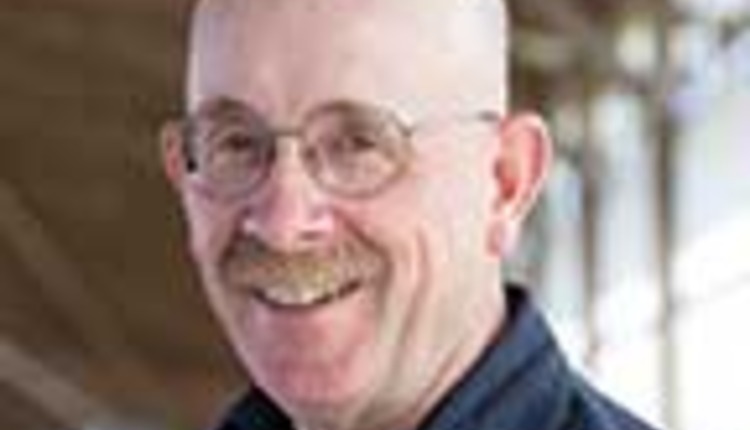
Perhaps no physiological phenomenon is more important to the livestock industry than that of plant regrowth. Where would we be without it?
Regrowth occurs each spring after winter dormancy, following severe summer droughts or untimely freezes, after forage harvesting or grazing, and, fortunately, after wildfires.
We depend on perenniality. Even elite purebred livestock operators have told me that everything goes as the forage enterprise goes. Sure, we could plant annual forage and grain crops as the sole source of nutrition, but I’d hate to see the budget analysis, not to mention the soil loss totals.
This spring, farmers will take inventory of their alfalfa fields, searching for green, growing plants. Some will smile, while others will cry as a result of those walks. I’ve seen 2017 pictures that would elicit both emotions. Grasses, thankfully, are often a surer bet to reawaken each spring.
Once spring regrowth is assured, then it becomes a game of making decisions for further regrowth success — fertilize, don’t cut too often, and don’t graze too short. These are annual battle cries.
Yes, we owe a lot to regrowth. It was largely forage regrowth that provided the hundreds of loads of hay, donated by benevolent farmers from throughout the U.S., to those ranchers who fell prey to wildfires. It is also regrowth that will green those torched prairies long before much of the infrastructure is rebuilt. In time, some of those acres may be better than ever, but first there is a lot of hurt and hard work to endure; our prayers are with you. We wish all of those affected a speedy road to normalcy.
Regrowth is about new life; less appealing is death. The forage industry recently lost a great one in the person of Walt Wedin. He died on April 11 at the age of 91 after a life devoted to the advancement of forage crops as a researcher and teacher at Iowa State University.
Wedin taught and mentored hundreds of undergraduate and graduate students throughout his distinguished career. They, in turn, taught and mentored hundreds more who went on to serve the industry in various capacities. In short, Wedin was known and had connections everywhere. Here’s my story:
I went to Iowa State to major in dairy science with the sole future goal of farming. As such, I took a lot of classes outside of dairy science, including agronomy. While there, I also worked and lived on the ISU dairy farm, milking cows each morning before going to class. Even though it was at 8 a.m., I signed up for the undergraduate advanced-level forage crops class . . . my first encounter with Walt. Most days I attended smelling like a dairy barn (no time to shower); fortunately, it was in an auditorium where I could find a spot away from the crowd. There was never a professor whom I enjoyed more than Walt Wedin — his humor, his knowledge, and his stories. There was no skipping that class.
After working on a large dairy-grain farm in southern Illinois for eight years following college, my interest in forages persisted, and I decided to go back to graduate school. Walt was the person I called, even though I really didn’t know him. It didn’t matter. That call marked the beginning of my career in forage crops . . . thanks, Walt.
This article appeared in the April/May 2017 issue of Hay & Forage Grower on page 4.
Not a subscriber? Click to get the print magazine.

